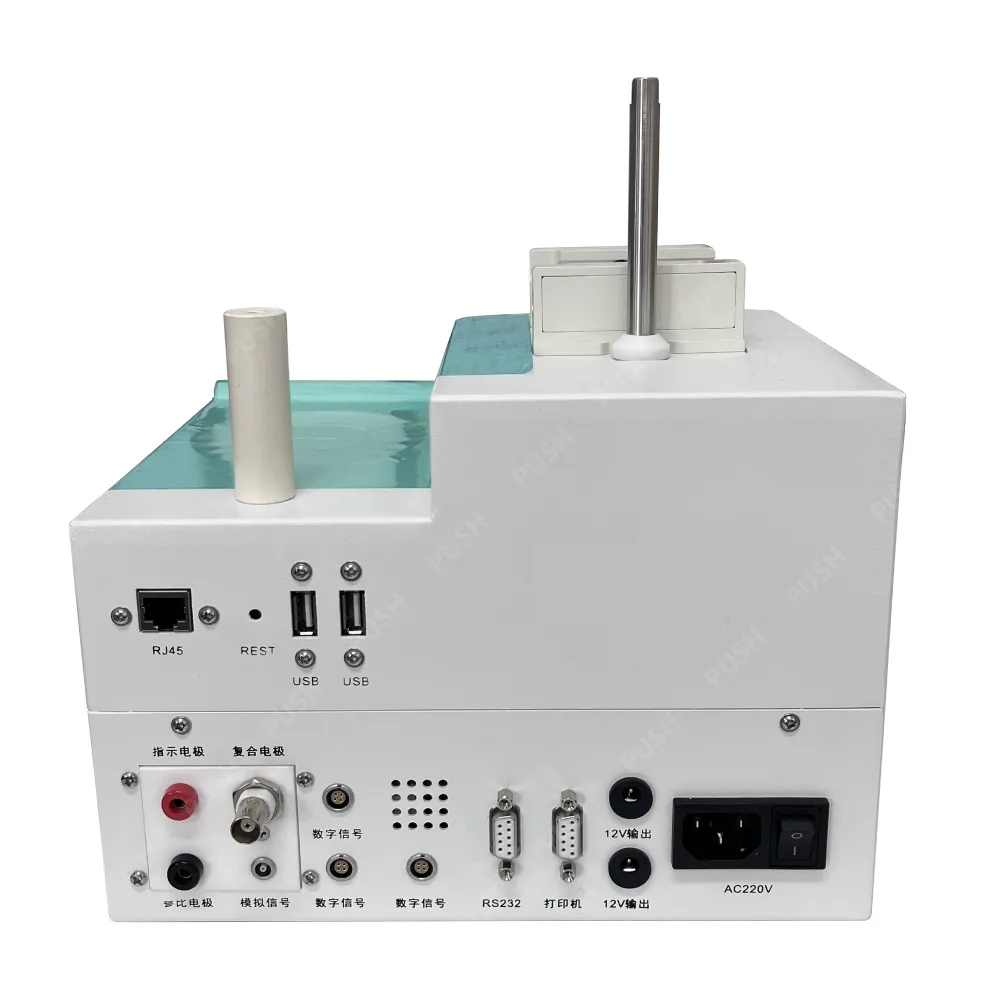 English
English


Cable Insulation Testing Methods for Enhanced Electrical Safety and Performance
Understanding Cable Insulation Testing An Essential Process for Electrical Safety
Cable insulation testing is a critical procedure in the electrical industry, used to ensure that cables are safe and reliable for various applications. It involves evaluating the insulation material that surrounds electrical conductors to prevent unwanted leakage currents, short circuits, and electrical fires. As technology continues to advance and the demand for electricity increases, the importance of effective cable insulation testing becomes even more prominent.
The Importance of Cable Insulation
Insulation serves as a protective barrier for electrical conductors, maintaining the integrity of the electrical system. It prevents electrical leakage, which can lead to severe consequences, including system failure, equipment damage, and safety hazards such as electric shocks or fires. Over time, environmental factors, mechanical stress, and thermal cycles can degrade insulation, making it imperative to conduct regular tests to ensure its reliability.
Types of Insulation Tests
There are several methods for testing cable insulation, each designed to identify potential issues and ensure safety
1. Insulation Resistance Testing (IRT) This method involves applying a high DC voltage to the cable while measuring the resistance of the insulation. A high resistance reading indicates that the insulation is in good condition, while a low reading suggests possible damage or degradation.
2. Dielectric Breakdown Voltage Testing This test determines the maximum voltage the insulation can withstand before it fails. By gradually increasing the voltage until breakdown occurs, technicians can evaluate the insulation's strength and quality.
3. Capacitance Testing This method measures the capacitance of the cable to assess the insulation's quality. Variations from the expected capacitance can indicate insulation damage or moisture ingress.
4. Time-Domain Reflectometry (TDR) TDR is a more advanced technique used to identify faults within the cable, such as insulation breakdown or shorts. By sending a pulse through the cable and analyzing the reflected signal, technicians can pinpoint issues along the length of the cable.
cable insulation test

5. Visual Inspection Although not a formal testing method, visual inspections can reveal obvious signs of insulation wear, physical damage, or contamination that may affect performance.
Best Practices for Cable Insulation Testing
To achieve accurate and reliable results, professionals must adhere to specific best practices during insulation testing
- Use Appropriate Equipment Ensure that all testing equipment is calibrated and suitable for the type of insulation being tested. Using the wrong voltage or test method can result in inaccurate readings or damage to the cable.
- Follow Industry Standards Familiarize yourself with relevant industry standards, such as those from the International Electrotechnical Commission (IEC) and the Institute of Electrical and Electronics Engineers (IEEE). Following these guidelines can help ensure safety and reliability.
- Conduct Regular Tests Establish a routine testing schedule based on the environment and conditions in which the cables operate. Regular testing can help identify potential issues before they become significant problems.
- Document Results Careful documentation of testing procedures and results is vital for maintaining safety records and for future reference. This documentation can be valuable for maintenance and safety audits.
Conclusion
Cable insulation testing is a vital aspect of electrical safety and reliability. By employing a variety of testing methods, technicians can assess the integrity of the insulation, helping to prevent catastrophic failures and ensuring that electrical systems function effectively. As innovations continue to shape the electrical industry, adhering to rigorous testing protocols and best practices will remain essential for maintaining safety and performance in electrical installations. Keeping cables insulated and in good condition is not just about compliance; it is about ensuring the safety of equipment, personnel, and the overall electrical infrastructure.
-
Differences between open cup flash point tester and closed cup flash point testerNewsOct.31,2024
-
The Reliable Load Tap ChangerNewsOct.23,2024
-
The Essential Guide to Hipot TestersNewsOct.23,2024
-
The Digital Insulation TesterNewsOct.23,2024
-
The Best Earth Loop Impedance Tester for SaleNewsOct.23,2024
-
Tan Delta Tester--The Essential Tool for Electrical Insulation TestingNewsOct.23,2024





